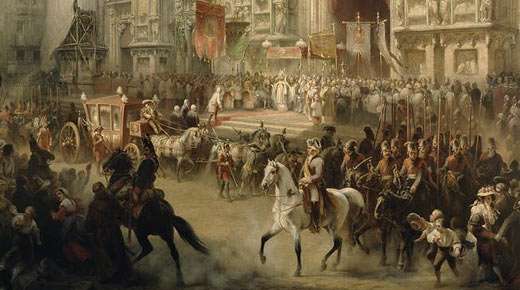Adolf Jossifowitsch Charlemagne (1826-1901).
ISO 9004:2018—“Quality of an organization—Guidance to achieve sustained success” expands considerably on the former (2009) revision. It introduces the important concept of “quality of an organization” (Clause 4.1), which makes excellent sense. If the organization’s processes are of high quality, we can expect good outputs, or at least rapid corrective and preventive action (CAPA) in response to problems.
|
ADVERTISEMENT |
The standard consists mostly of common-sense practices, many of which also appear in ISO 9001:2015 (which the standard cites). Section 6—“Identity of an organization” deserves particular attention because it can convey an overwhelming competitive advantage. This section is tied closely to Clause 9.2—“People,” and its focus on competence, motivation, empowerment, and engagement of the organization’s members. It also includes “unity of purpose,” a phrase that appears twice in Section 7—“Leadership.”
…

Add new comment